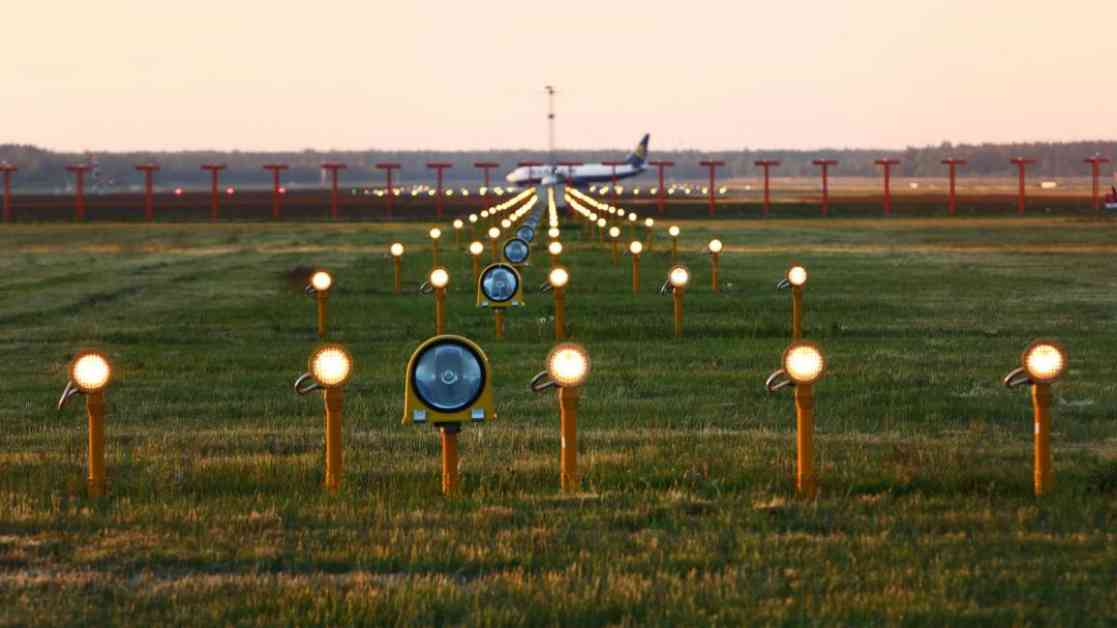Lelystad Airport’s Development: A Closer Look
The development of Lelystad Airport is facing increasing complexity and uncertainty. The airport is still awaiting the nature permit from the Ministry of Agriculture, Nature and Food Quality required for the planned 10,000 commercial flights. Meanwhile, a majority in the Dutch House of Representatives has passed a motion requesting the Minister of Infrastructure and Water Management not to open the airport for holiday flights.
The new government’s coalition agreement does not mention Lelystad Airport, adding to the uncertainty surrounding its future. In addition to these challenges, the Dutch Ministry of Defense is also seeking space for expanding its activities. Robert Tieskens, chairman of the Save the Veluwe Foundation, attended a defense information session on the “Space for Defense” policy.
According to Tieskens, it was confirmed at the meeting that discussions have taken place with Lelystad Airport regarding the potential use of the airport for F-16 fighter jets. Currently, only the air bases in Leeuwarden and Volkel are available for these jets, but Defense is looking to diversify its options in case of war or bombings.
As Tieskens pointed out, the situation is still very uncertain, and the potential consequences for the Veluwe region remain unclear. The complexity of the Lelystad Airport dossier continues to grow as new factors come into play. Defense is expected to present its proposals in 2025, followed by a period of public consultation and decision-making by the government.
The future of Lelystad Airport remains uncertain, with various stakeholders and interests at play. The airport’s development is not just about commercial flights but also involves broader considerations such as environmental impact, national security, and regional development. As discussions continue and new information emerges, it is crucial for all parties involved to engage in dialogue and consider the long-term implications of any decisions made regarding the airport’s future.

